
views
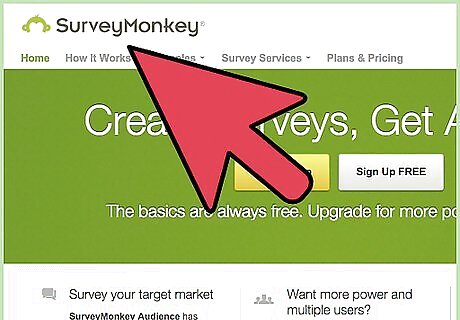
Visit the SurveyMonkey website at http://www.surveymonkey.com/.

Click “Sign In” at the top of the page.
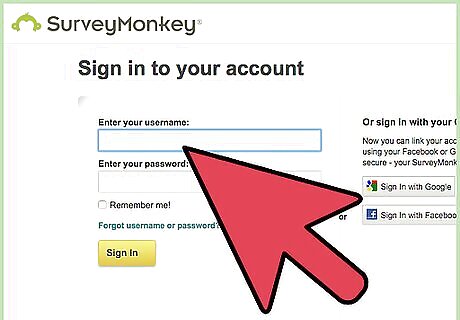
Enter your Username and Password associated with your Survey Monkey account and click Sign In. Click here to create a Survey Monkey account: https://www.surveymonkey.com/MyAccount_Join.aspx?utm_source=account_login. Alternatively, you can sign up using the Sign Up with Facebook or Sign Up with Google buttons on the right.

Click the “+Create Survey” button at the top of the page.
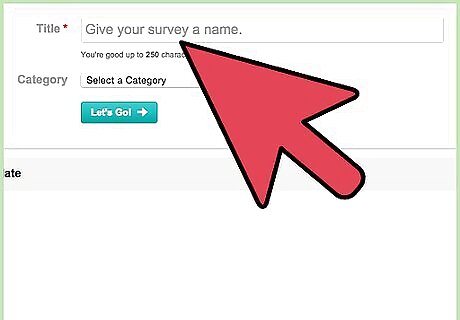
Enter a title for your survey and select a category. You can also choose to Copy an existing survey or Use an expert survey template.
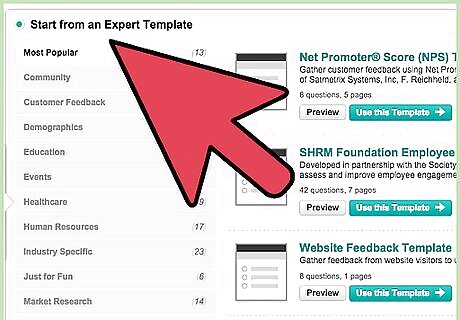
Select a template to use for your survey and click Next.

You will have the option to make edits to the default survey and template on the left side of your survey.
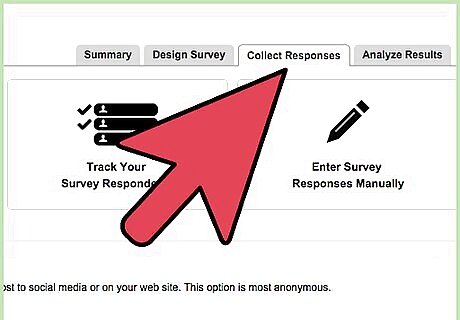
Click the “Collect Responses” tab at the top.
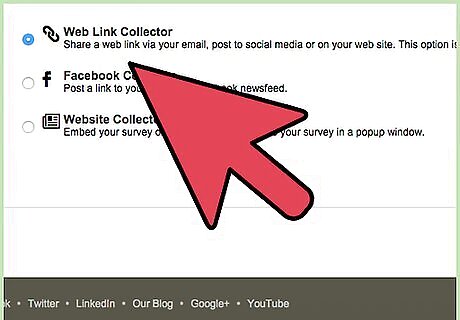
Click the method you wish to use to distribute your survey. (The first option has been used in the example.)

Click “Next Step”.
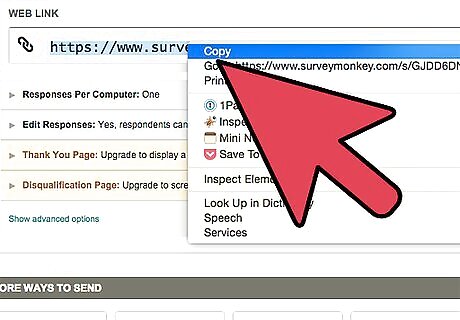
Copy the URL and paste it in your email newsletters, tweets, and anywhere else that you can post a link for your users to click and access the survey. Alternatively, you can copy the HTML code to add it to a webpage.
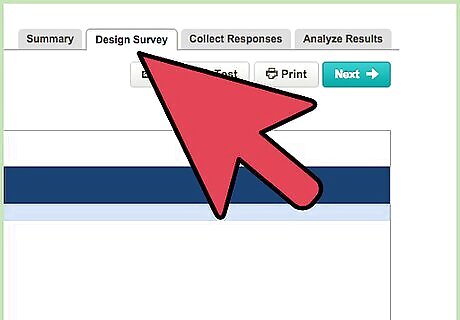
Design the survey. Opening the account and knowing the basics of creating the survey are only half the process. The real work comes in designing an effective survey that elicits the information you're really after. This means that you need to know, without a doubt, what it is that you're seeking. Creating a survey without having a clue as to what you want from it will simply waste the time of all involved. Moreover, if it's clear to survey takers that the survey is random, they're much more likely to avoid taking it, especially if it appears as spam. When designing your surveys content, bear the following in mind: When creating a survey, keep the questions relevant above all. Do not try to seek tangential information or those answering it will be surprised and possibly less candid. Anonymity is a useful way to get people to respond to surveys in a candid way––provide this option unless it's absolutely essential to get names. If taking names, always advise as to how you'll maintain confidentiality of details (such as aggregating the results without mentioning individuals). If you don't think people will self-identify but you'd like them to do so, offer an incentive such as a free e-book or similar for those who provide email addresses for future correspondence, etc. Effective survey questions tend to be: brief, simple, relevant and jargon-free. Avoid using questions that are loaded (assumption-filled) or leading (directs the answer). Put sensitive or demographic questions at the end of the survey––a survey taker is more likely to opt out early if these appear at the front. In the same vein, ask interesting questions at the front. Avoid cluttering up the survey. Use white space and only ask one question per line. Test the survey before you send it live. This will allow you to find quirks and things that don't make sense. Test it on a few friends or family members to gauge their responses.


















Comments
0 comment